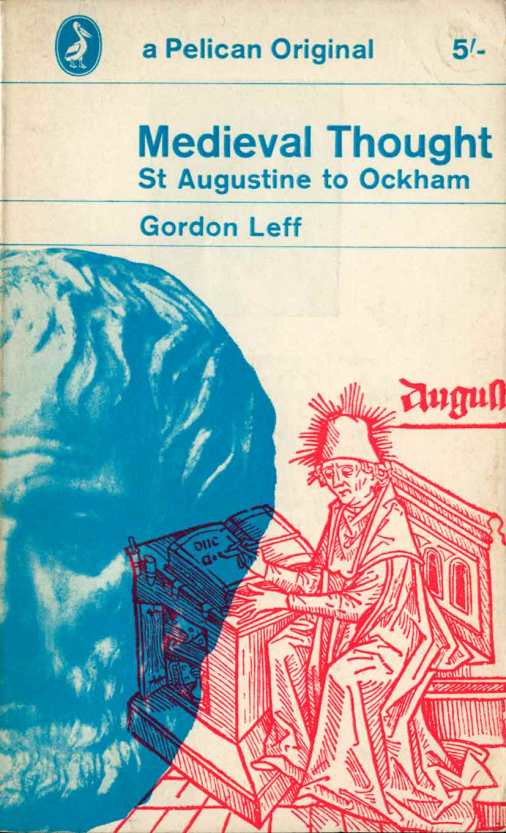
Design is art for the masses
Germano Facetti was the art director who helped turn around Penguin’s fortunes in the early 1960s when he commissioned illustrated covers across the brand. He was a talented visual artist who could art direct a team of researchers and designers but also design and illustrate individual covers himself.
When he arrived in Britain in 1950, Facetti was not a graphic designer. His career had been more in the spirit of the Bauhaus, with a basis in architecture. He was a non-specialist. (www.eyemagazine.com)
Facetti’s art direction is well known. He introduced pictorial covers to the Penguin brand through his commissioning of the Marber grid, conceived by Romek Marber. But he also made many individual covers himself. Some of his best work appeared on the Pelican imprint, which he described as “the layman’s non-academic university.” Among these are some that use antique engravings and woodcuts in a kind of printmaking aesthetic.
Offset printing, the industrial technology used for printing large quantities such as Pelican books, is itself a variant of lithography. That branch of printmaking, like others, enables layers in different designs or colours to be over-printed onto a single substrate, usually paper. This layering and build-up of images is a feature of printmaking in the fine arts, in the work of Robert Rauschenberg for example. In the covers presented here from around 1965 Facetti used the offset machines to layer image or colour over the base image giving them a degree of complexity and interest they would not otherwise have.

/






1 Comment